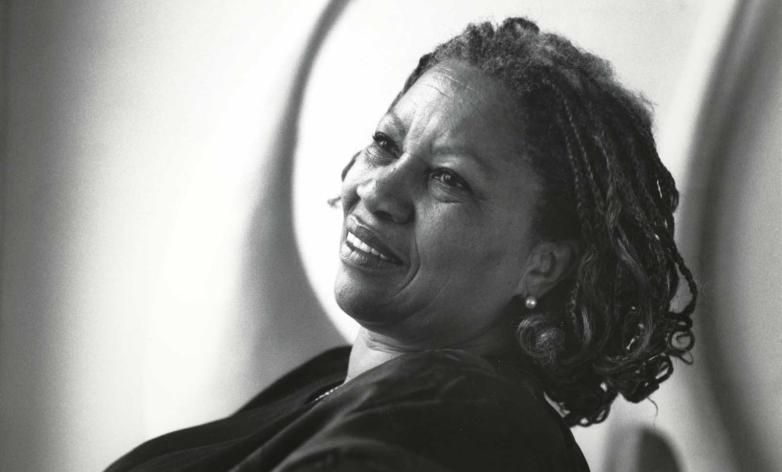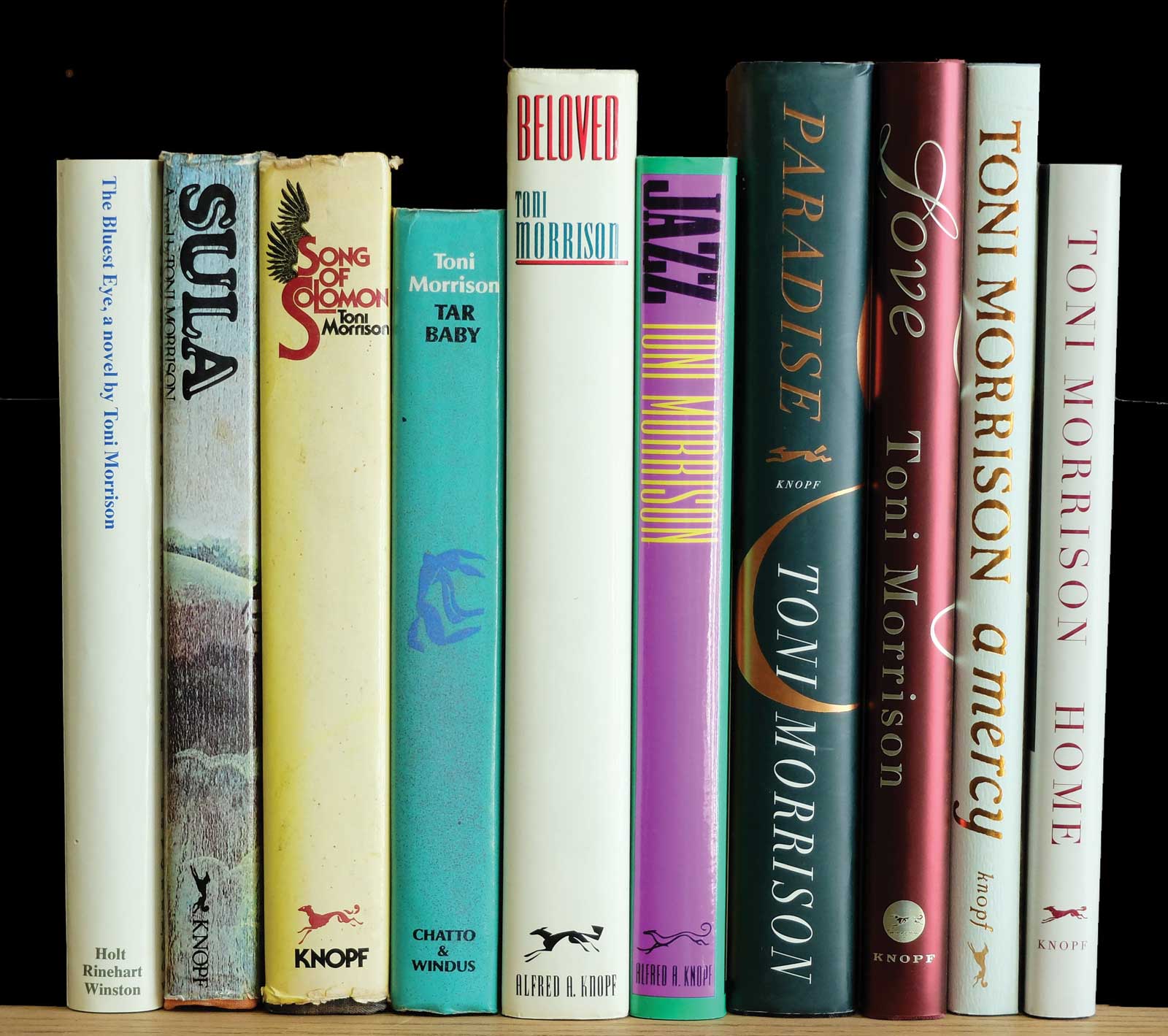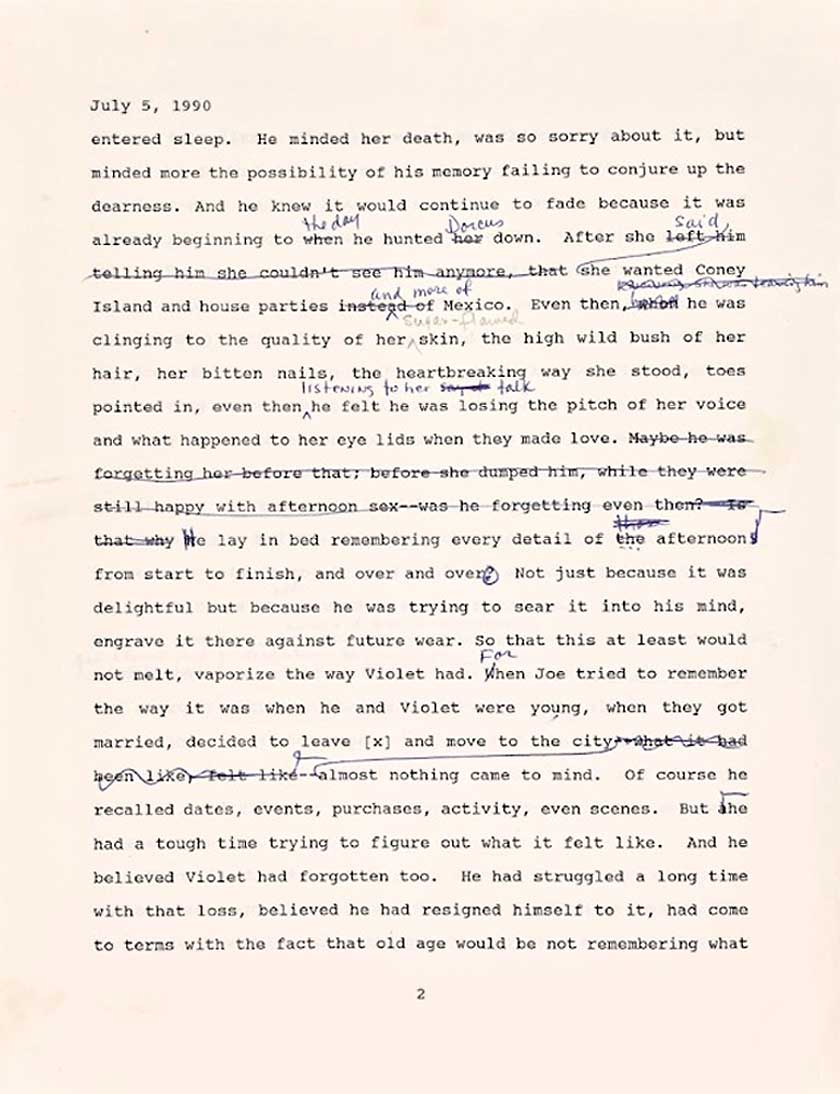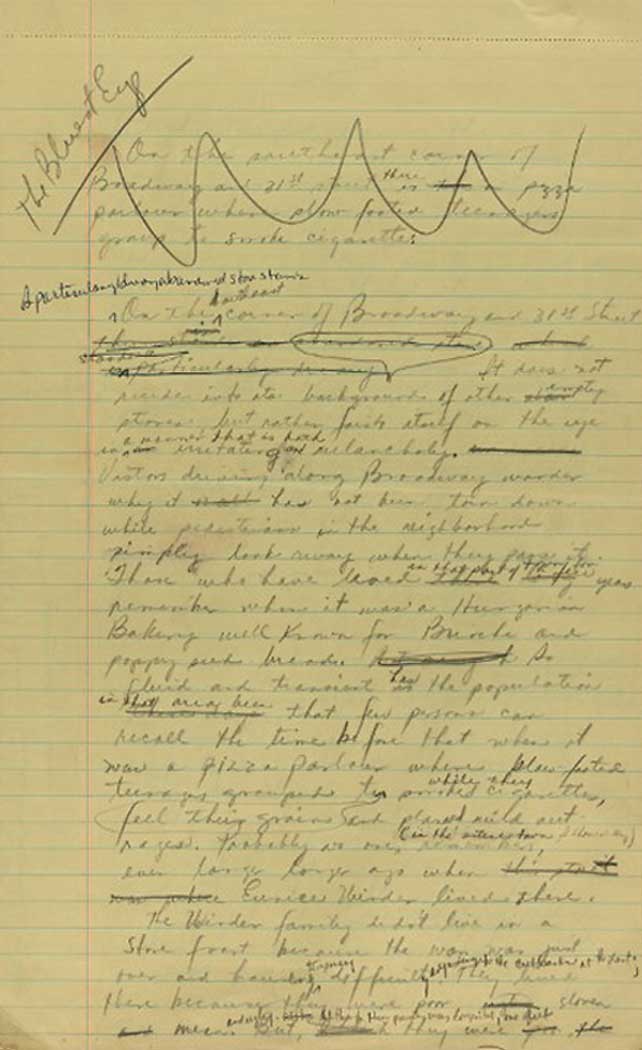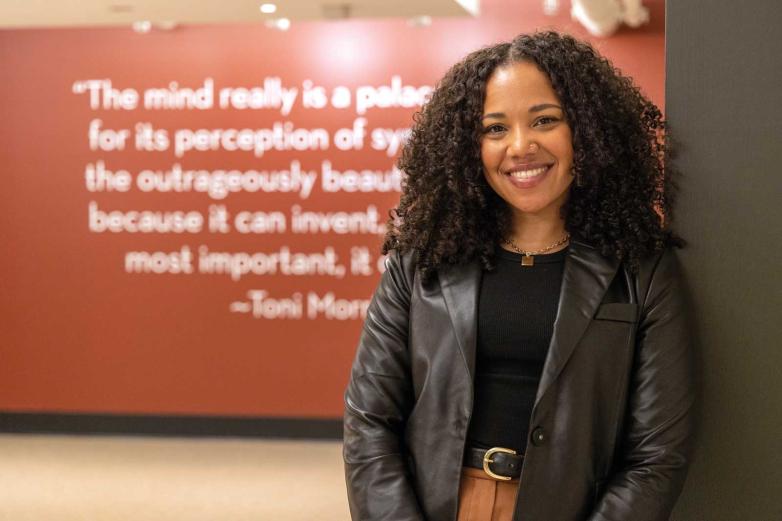The exhibition takes its name from Morrison’s titular essay, in which she discusses the “literary archeology” she employed for constructing the interior lives of her characters. Known for iconic novels such as The Bluest Eye (1970), Song of Solomon (1977), and Beloved (1987), Morrison spent much of her writing career giving voice to generations of the Black community who were historically denied the opportunity. Her characters blaze to life in the pages of these works of literature.
Running through June 4, the exhibition is curated into six categories. “Beginnings” charts Morrison’s emergence as a writer and editor. “It’s interesting to think about the ways in which she was already a success, putting her stamp on the broader literary genre through some of the work she’s editing (at Random House),” said Garcon.
“Each section is an experience of Morrison’s creative process. They all can be their own thing and, in that way, what’s really exciting about it is that they are in conversation with one another. ‘Writing Time’ functions as the spine of the exhibition and is probably one of the standouts,” said Garcon. Featuring three of the author’s day planners, it’s evident that Morrison was writing whenever and wherever she could. There are handwritten notes with travel information, flight times, and work reminders. Snippets of multiple novels she’s working on appear on the pages alongside editorial feedback for authors and a reminder to reach out to Angela Davis about a writing project.
The gem of this particular collection is the only known draft of Song of Solomon, seen in the margins of her planner. “To find what we believe is the only existing draft of Song of Solomon is particularly special and to see the ways she’s writing it alongside just living her daily life. That’s a powerful statement about the ways that people produce…not in sustained, artificial environments. The creative process can be messy and part of a larger lived experience,” said Garcon.




